Disclosure: This article contains affiliate links. We may earn a commission from purchases at no extra cost to you, which helps our travel content.
There's something spiritually invigorating about conquering San Francisco's iconic hills on foot—that moment when your burning calves finally bring you to a vista that unveils the city's soul. As someone who grew up surrounded by Liverpool's relatively flat terrain, my first week in San Francisco was a humbling pilgrimage of sorts. I quickly learned that mastering this city's topography requires both practical wisdom and a touch of reverence for the journey itself. Whether you're a student on a tight budget or simply someone who appreciates experiencing a city's rhythm at ground level, this guide will help you navigate San Francisco's peaks and valleys without breaking the bank—or your spirit.
Understanding San Francisco's Public Transit System
San Francisco's public transit network feels like a beautiful tapestry woven through the city's 49 square miles. The system consists of several interconnected services that, once understood, transform from confusing to almost poetic in their functionality.
The Muni (San Francisco Municipal Railway) forms the backbone of the system with its buses, aboveground light rail (the Muni Metro), and the historic streetcars on Market Street. For $3 per ride or $5 for a day pass on the MuniMobile app, it's a budget-conscious traveler's best friend.
The BART (Bay Area Rapid Transit) connects San Francisco with the wider Bay Area, including direct service to both Oakland and SFO airports. While slightly more expensive, it's essential for longer journeys.
And then there are the Cable Cars—San Francisco's moving historical monuments. At $8 per one-way ride, they're more of a tourist experience than practical transport, but there's something transcendent about gripping that pole as you crest Nob Hill that's worth experiencing at least once.
I recommend downloading the transit app which became my digital companion throughout my stay. For longer visits, consider getting a Clipper Card, which works across all transit systems and saves you from fumbling for exact change.
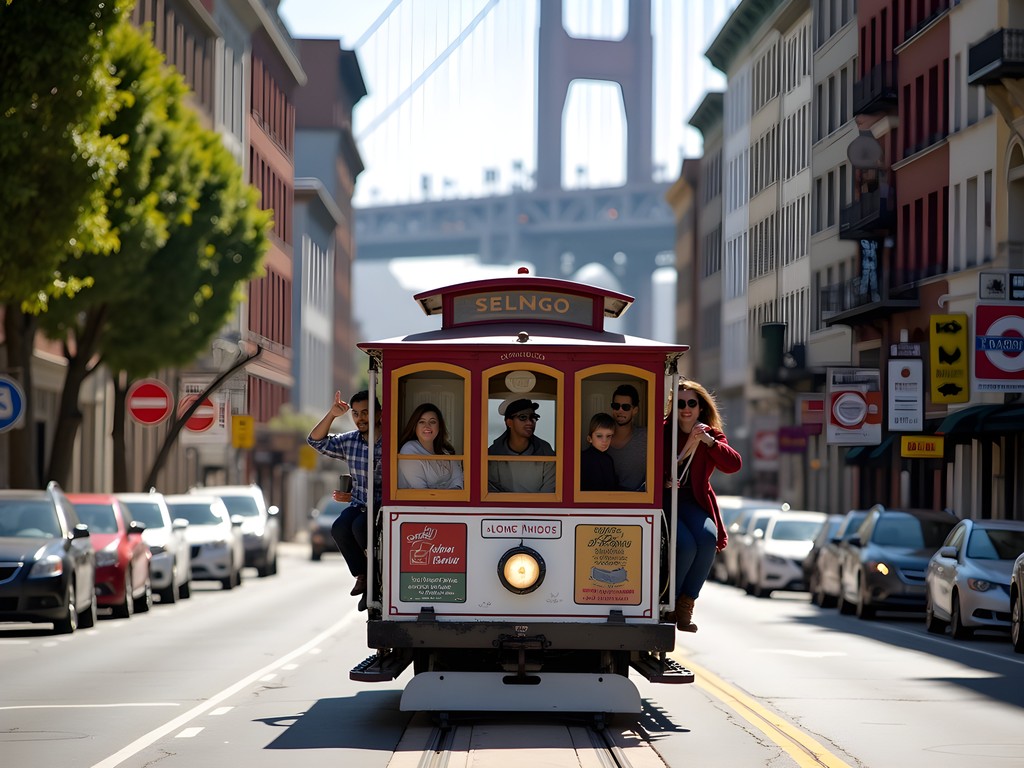
💡 Pro Tips
- Download the MuniMobile app for easy ticket purchases
- Rides after 8:30pm until 5am are only $1.50 on Muni
- Get a Clipper Card if staying more than 3 days
Navigating the Hills: Walking Strategies & Routes
There's a spiritual discipline to walking San Francisco that I wasn't prepared for. The city's famous hills aren't just incidental features—they're characters in your journey, each with their own personality and challenges.
My first piece of advice: embrace the zigzag. The grid system may suggest a direct route, but locals know better. Walking diagonally up steep hills reduces the grade significantly. For example, when climbing Nob Hill, take the gentler slope of Powell Street rather than the punishing direct route up Jones.
Strategic rest stops are essential. I discovered that many of San Francisco's most beautiful churches, small galleries, and cafés are perfectly positioned halfway up challenging hills, as if divinely placed for weary travelers. The Grace Cathedral's labyrinths on Nob Hill became my favorite midway meditation spot.
For longer journeys, consider the 43 Masonic or 45 Union bus routes—they're known locally as the 'hill-cutting' routes and can save your legs from the steepest climbs.
My hiking poles initially drew curious glances from locals, but by day three, I noticed others with them too. They're not just for trails—they're urban hill survival tools that reduce strain on your knees during steep descents.
Finally, wear proper footwear. My walking shoes were perhaps the best investment for this trip, providing the grip and support needed for both concrete sidewalks and unexpected urban trails.

💡 Pro Tips
- Walk diagonally up hills instead of straight up
- Use the Scenic Walk option on Google Maps to find gentler routes
- Take advantage of the city's public escalators and elevators
Budget-Friendly Transit Hacks for Students
As a minister working with university students, I've become something of a collector of budget travel wisdom. San Francisco, despite its reputation for high costs, offers several transit gems for the financially mindful traveler.
First, the Muni Visitor Passport deserves consideration. At $24 for a 3-day pass, it covers unlimited rides on Muni, cable cars, and streetcars. When you factor in that each cable car ride costs $8 individually, this pass quickly pays for itself if you plan to experience these historic conveyances more than once.
For students specifically, check if your university has a partnership with Bay Area transit. Many California schools offer discounted Clipper Cards through campus programs.
The Free City program is a blessing for longer stays—if you're enrolled in City College of San Francisco (even for a single class), you qualify for free unlimited Muni rides. I've known study abroad students who registered for community classes specifically for this benefit.
Consider investing in a water bottle with filter to avoid buying bottled water. San Francisco has excellent tap water, and staying hydrated is crucial when conquering those hills.
Finally, embrace the art of the transfer. When paying cash for Muni, your transfer is valid for 90 minutes—plenty of time to make connections if you plan strategically. I found the city map invaluable for plotting efficient routes that maximized my transfers.
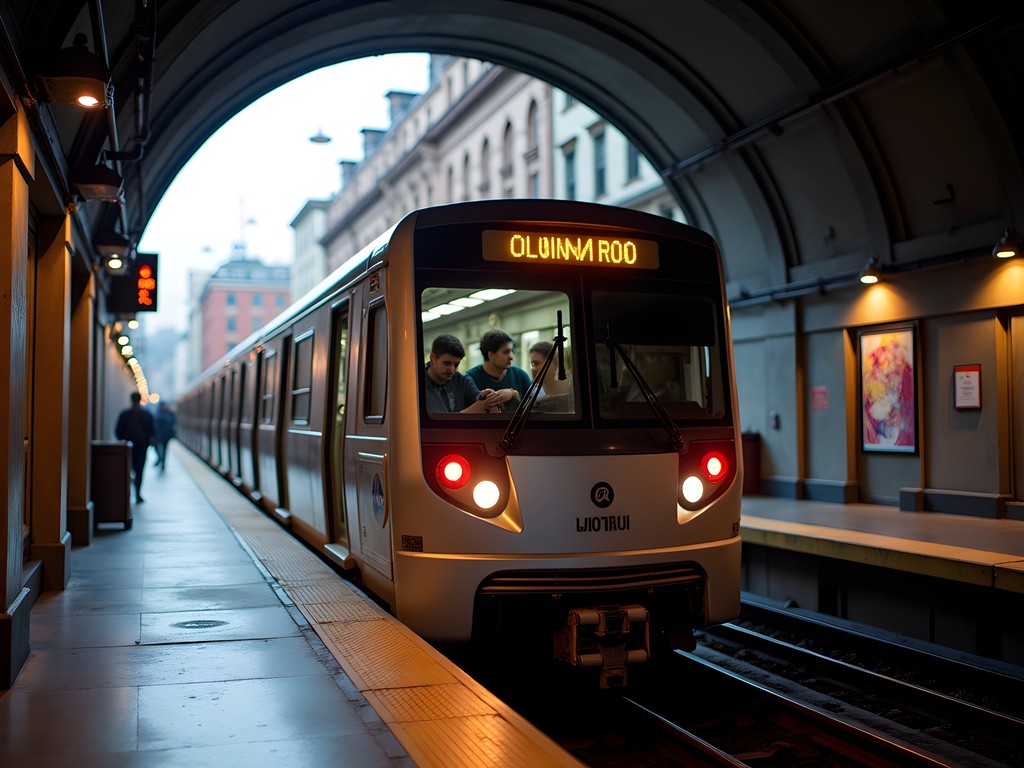
💡 Pro Tips
- Use the free walking tour app 'SF City Guides' for orientation
- Students can get discounted tickets at many museums with ID
- Take advantage of 'Sunday Streets' events when roads close to cars
Hidden Pathways: Scenic Shortcuts & Stairway Walks
Perhaps my most profound experiences in San Francisco came from discovering the city's network of hidden stairways, alleys, and pedestrian-only paths—each one a testament to human ingenuity in adapting to challenging topography.
The Filbert Steps on Telegraph Hill became my morning ritual, a 377-step journey through gardens and past hidden cottages, accompanied by the famous wild parrots chattering overhead. There's something almost monastic about the rhythm of climbing these steps that connects you to both the city's history and its natural beauty.
Less known but equally magical are the Greenwich Steps nearby, offering a quieter alternative with equally stunning views. I often found myself alone here, a rarity in such a popular city.
For literary pilgrims, the Macondray Lane (inspiration for Armistead Maupin's 'Tales of the City') offers a verdant respite from the urban grid. Walking this narrow, car-free pathway feels like stepping into another dimension of San Francisco—one where time moves more gently.
The 16th Avenue Tiled Steps in the Inner Sunset neighborhood transformed my understanding of public art. This community-created mosaic stairway depicts a sea-to-stars journey that becomes a metaphor for your own climbing effort. I recommend bringing a portable phone charger because you'll be taking more photos than you expect.
Most of these pathways aren't obvious on standard maps. I found the hidden walks guidebook indispensable for discovering these treasures—it became my devotional text for daily explorations.
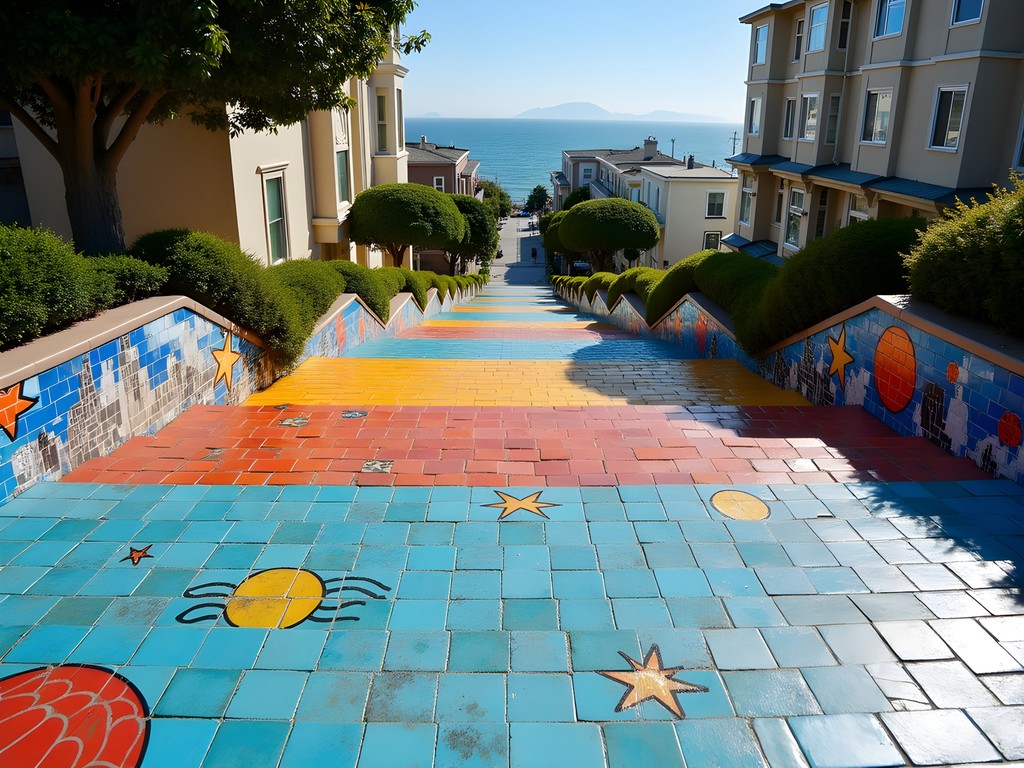
💡 Pro Tips
- Visit the Filbert Steps early morning to see the wild parrots
- Bring water and plan rest stops on longer stairway routes
- Check out the Lyon Street Steps for a less touristy experience
Accessibility Considerations & Rainy Day Alternatives
San Francisco's challenging topography presents obvious difficulties for travelers with mobility considerations, but the city has made commendable efforts to improve accessibility.
The BART system is fully accessible with elevators at all stations (though be aware they occasionally go out of service). All Muni buses are equipped with ramps or lifts, and drivers are generally helpful with deployment. The accessibility guide became an essential resource for planning inclusive routes.
For those with mobility challenges, the historic F-Market & Wharves streetcar line offers a level, scenic route along the Embarcadero and Market Street, connecting many major attractions without hill climbs.
When San Francisco's famous fog turns to rain, the transit system becomes even more valuable. I found the waterproof phone pouch essential during unexpected downpours, protecting both my phone and transit pass.
On particularly wet days, take advantage of San Francisco's underground connections. The Underground Walkway linking the Embarcadero BART station to the Ferry Building provides a dry passage to one of the city's culinary treasures.
Remember that cable cars can be extremely crowded during peak tourist season. If you have accessibility needs or simply prefer more space, the parallel bus routes (like the 30 Stockton or 45 Union) cover similar territory with more regular service and less crowding.

💡 Pro Tips
- Use the elevator at Stockton Street to avoid the steep climb to Chinatown
- Download the AccessMuni app for real-time accessibility updates
- The California cable car line is typically less crowded than the Powell lines
Final Thoughts
As I stood atop Twin Peaks on my final day in San Francisco, looking down at the city I'd traversed largely on foot and by public transit, I felt a profound connection that goes beyond typical tourism. There's something sacred about experiencing a city through its public spaces and communal transportation—you become part of its daily rhythms rather than merely an observer.
Navigating San Francisco's hills and valleys taught me that sometimes the most challenging journeys yield the deepest connections. The city reveals itself differently when you're walking its hidden stairways or swaying alongside locals on a crowded Muni bus.
For students and budget travelers especially, embracing San Francisco's public transit isn't just economical—it's transformative. The conversations with locals, the unexpected views from bus windows, and the triumph of cresting a seemingly impossible hill become the stories you carry home.
I encourage you to approach San Francisco with comfortable shoes, a transit pass, and an open spirit. Let the city's topographical challenges become opportunities for discovery. After all, the most meaningful journeys aren't always the easiest ones—sometimes they're the ones that leave your calves aching and your heart full.
✨ Key Takeaways
- Invest in a Clipper Card or Muni Passport for seamless transit access
- Embrace the hidden stairways and pedestrian paths for unique perspectives
- Use transit apps to navigate efficiently and avoid the steepest hills
- Consider accessibility needs when planning routes through the city
- The journey between destinations often offers the most meaningful experiences
📋 Practical Information
Best Time to Visit
year-round, though September-November offers clearest weather
Budget Estimate
$50-100/day including accommodation, transit, and food
Recommended Duration
5-7 days
Difficulty Level
Moderate (Due To Hills)

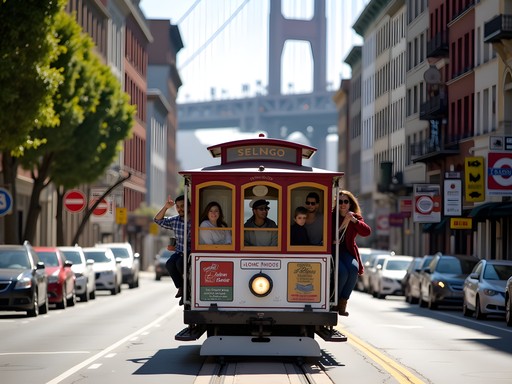

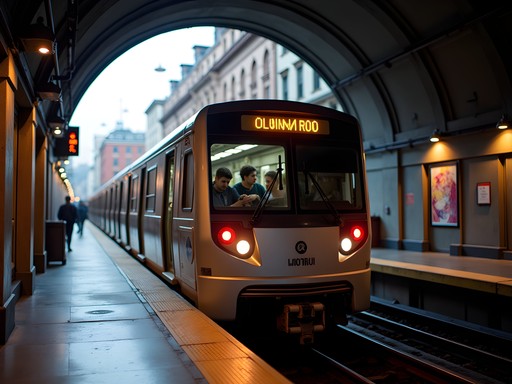
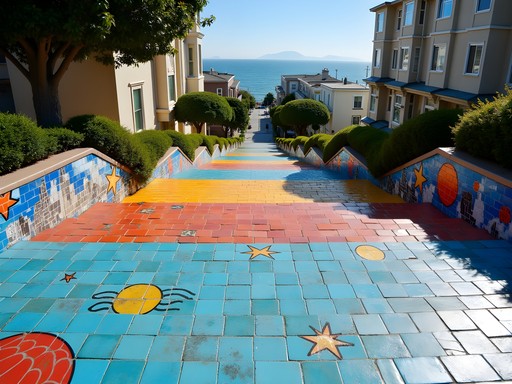
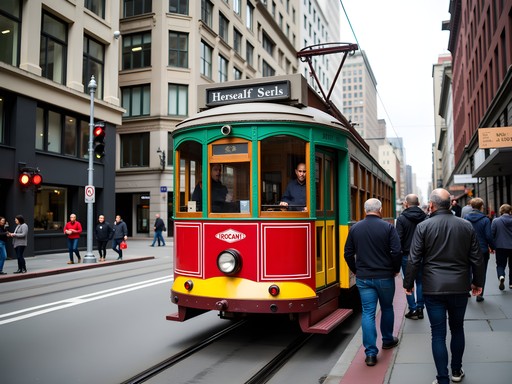


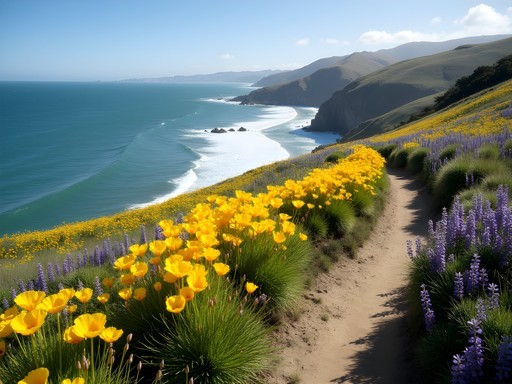
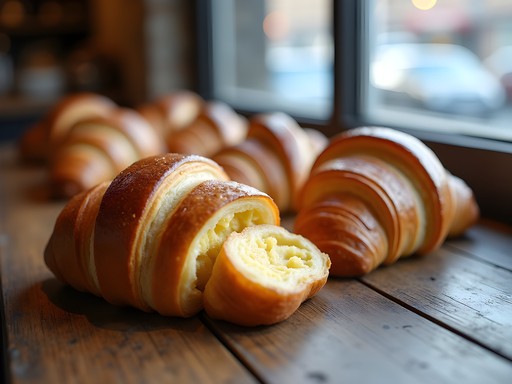
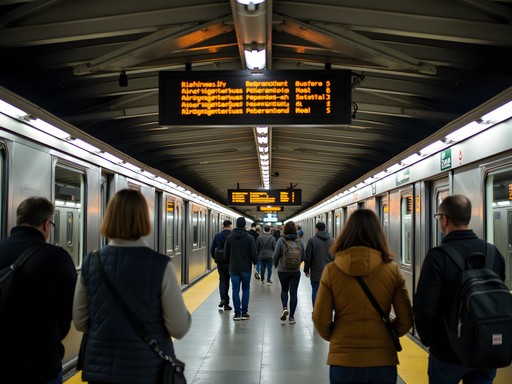
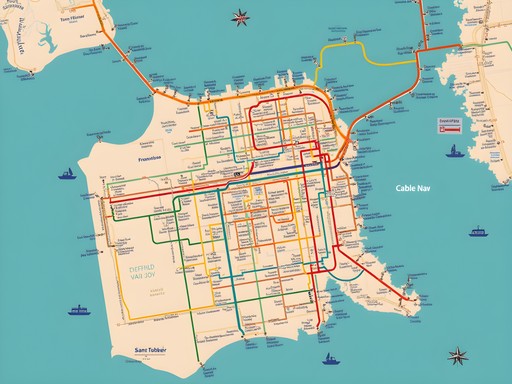



Comments
Megan Martin
Excellent breakdown of the transit options! I travel to SF quarterly for business and completely agree with your BART recommendations from the airport. One tip I'd add for business travelers: the MUNI mobile app has saved me countless times when rushing between meetings in different neighborhoods. The real-time tracking is surprisingly accurate, which is rare for transit apps. I've found using comfortable walking shoes essential for those hill climbs between meetings!
freequeen
That MUNI app is a lifesaver! Used it last month and never waited more than 5 minutes.
tripgal
This is EXACTLY what I needed! Heading to SF next week and was dreading those hills. Saving this guide!
tripgal
Actually, yes! Is the 3-day Visitor Passport worth it if I'm staying for 4 days but plan to walk a lot?
Alex Willis
For 4 days, I'd say yes! Even if you walk a lot, you'll likely take transit 2-3 times daily. The passport covers cable cars too, which are $8 one-way otherwise!
Alex Willis
So glad it's helpful! Feel free to ask if you have any specific questions before your trip.
Savannah Torres
Alex, this guide is pure gold! We just took our family of four to SF last month and your hidden pathways section was our secret weapon. The Filbert Steps were magical - my 8-year-old counted every single one (all 377!) and the wild parrots made her day. One tip I'd add for families: we found taking the F-line historic streetcar along Embarcadero was not just practical but became one of our kids' favorite activities. The vintage cars from around the world were like a moving museum, and it saved our legs after tackling Telegraph Hill. Those student discount hacks you mentioned worked for my teenager too - saved us about $25 over the week!
wanderlustlegend
The parrots are real?! I thought that was just a myth! Adding Filbert Steps to my list now.
Savannah Torres
Very real! Go in the morning (before 10am) for the best chance to see them. They're loud and impossible to miss!
journeyqueen
Great post! I'm visiting with my elderly mom next month. Are there specific routes or transit lines you'd recommend that avoid the steepest hills?
Alex Willis
Great question! For your mom, I'd recommend the 1-California and 30-Stockton bus routes which navigate the hills well. Also, use the historic F-line streetcar along the flat Embarcadero. The Powell-Hyde cable car is scenic but has steep boarding areas - Powell-Mason might be better. Hope that helps!
coffeechamp
Those hills are no joke! Wish I'd had this guide last year.
vacationlover
Just got back from SF and wish I'd read this before going! My calves were on fire after day 2. We eventually figured out the cable car/MUNI combo but wasted so much time our first day. The hills are NO JOKE, especially with kids. I ended up using my collapsible water bottle constantly because the climbing made us so thirsty. Next time I'll definitely try those scenic stairway routes you mentioned!
travelphotographer9166
Those hills humbled me too! Did you make it to Lombard Street? Worth it but whew...
vacationlover
We did! My kids loved it but complained the whole way up lol
backpackperson
OMG your stairway walks section saved my life!!! Just got back from SF and followed your Filbert Steps recommendation - absolutely STUNNING views and my legs only hated me a little 😂 Those hidden pathways made the whole trip special. Totally worth the burn!
bluefan
Great guide! Do those cable cars really save time going up hills or are they mostly just for tourists? Planning my first SF trip for January.
Dylan Turner
Cable cars are definitely touristy but absolutely worth it for the steep hills, especially California Street. I'd recommend getting a Clipper Card to save on fares across all transit types.
bluefan
Thanks! Will definitely look into that Clipper Card.
wilddiver
Those hills are no joke! My calves were screaming after day 1 in SF lol
skyguide
Haha same! But the views are worth it. My tip: start with the steepest hills early in your trip while you still have energy!
wanderbackpacker6755
Those hidden stairways saved my legs! The Greenwich Steps were my favorite.
Venture X
Premium card with 2X miles, $300 travel credit, Priority Pass